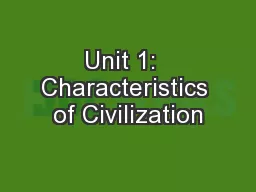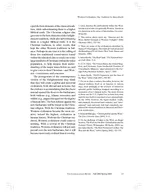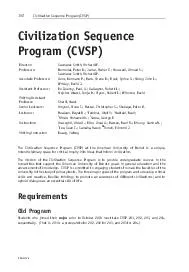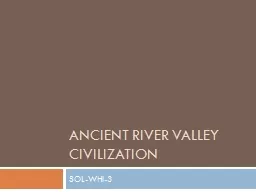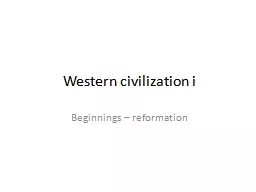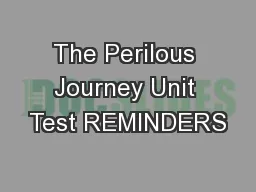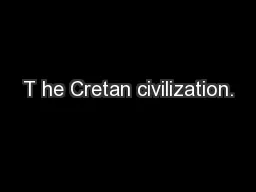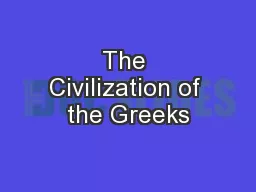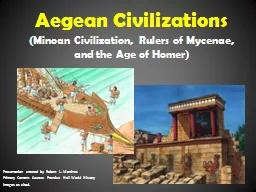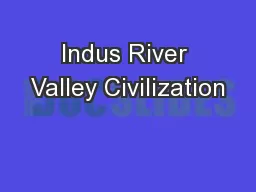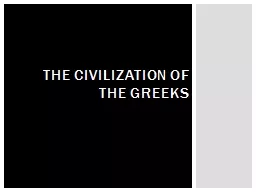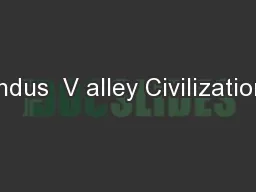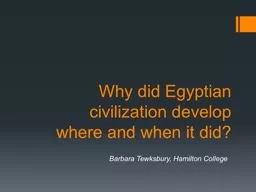PPT-Unit 1: Characteristics of Civilization
Author : briana-ranney | Published Date : 2018-11-01
Unit Essential Question How does one characterize a civilization 5 Themes of Geography Review using Egypt as an example Lesson Essential Question How do the Five
Presentation Embed Code
Download Presentation
Download Presentation The PPT/PDF document "Unit 1: Characteristics of Civilization" is the property of its rightful owner. Permission is granted to download and print the materials on this website for personal, non-commercial use only, and to display it on your personal computer provided you do not modify the materials and that you retain all copyright notices contained in the materials. By downloading content from our website, you accept the terms of this agreement.
Unit 1: Characteristics of Civilization: Transcript
Download Rules Of Document
"Unit 1: Characteristics of Civilization"The content belongs to its owner. You may download and print it for personal use, without modification, and keep all copyright notices. By downloading, you agree to these terms.
Related Documents

